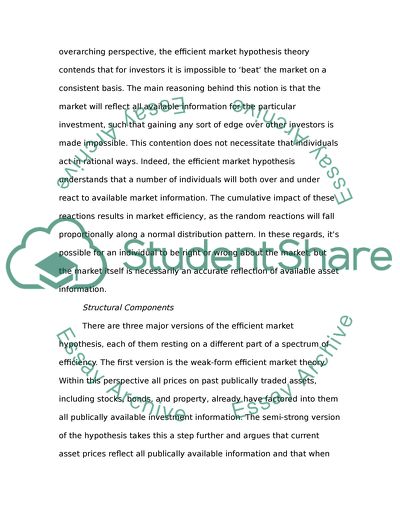Cite this document
(“Efficient Market Hypothersis Essay Example | Topics and Well Written Essays - 2000 words”, n.d.)
Efficient Market Hypothersis Essay Example | Topics and Well Written Essays - 2000 words. Retrieved from https://studentshare.org/finance-accounting/1437987-efficient-market-hypothersis
Efficient Market Hypothersis Essay Example | Topics and Well Written Essays - 2000 words. Retrieved from https://studentshare.org/finance-accounting/1437987-efficient-market-hypothersis
(Efficient Market Hypothersis Essay Example | Topics and Well Written Essays - 2000 Words)
Efficient Market Hypothersis Essay Example | Topics and Well Written Essays - 2000 Words. https://studentshare.org/finance-accounting/1437987-efficient-market-hypothersis.
Efficient Market Hypothersis Essay Example | Topics and Well Written Essays - 2000 Words. https://studentshare.org/finance-accounting/1437987-efficient-market-hypothersis.
“Efficient Market Hypothersis Essay Example | Topics and Well Written Essays - 2000 Words”, n.d. https://studentshare.org/finance-accounting/1437987-efficient-market-hypothersis.


